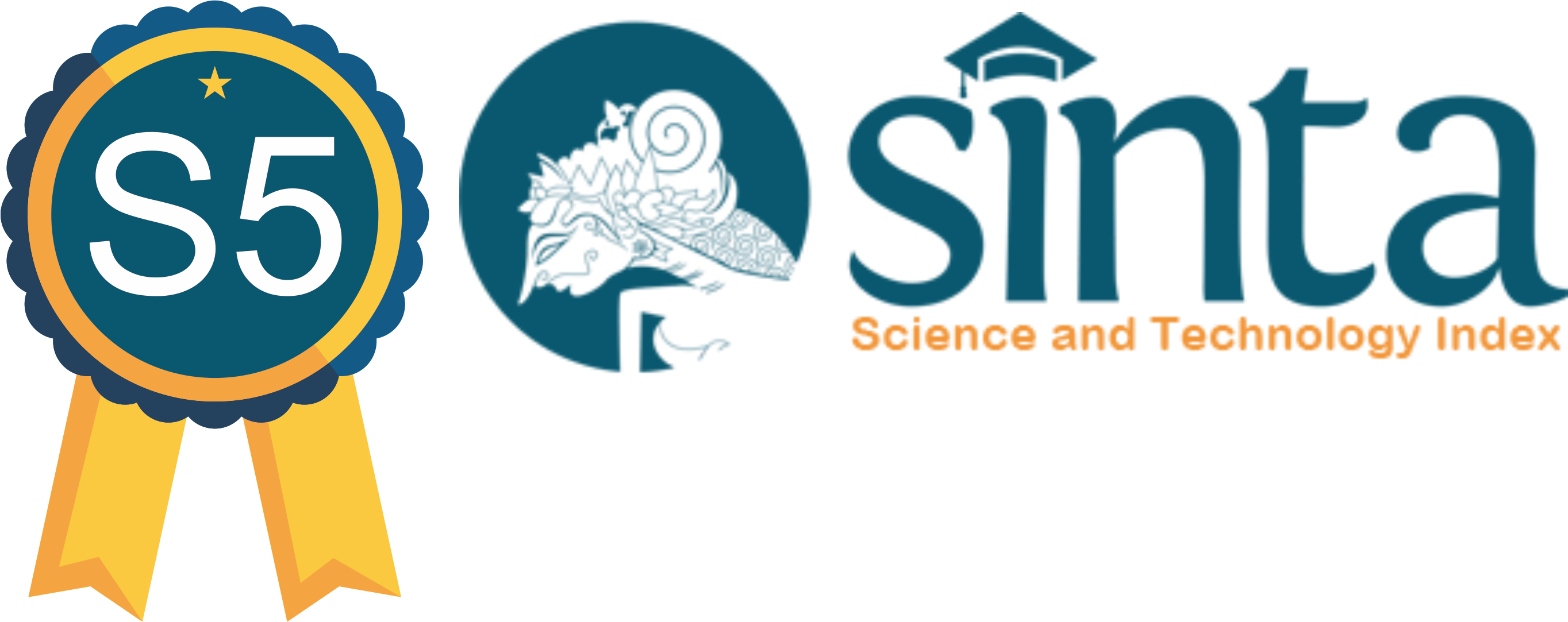A Study of Self-Regulation on Online Game Addiction in Kupang City
Abstract
According to data released by the Ministry of Communication and Information through its official website in 2015, it is estimated that more than 100 million of the approximately 250 million Indonesian citizens became active smartphone users in 2018 (KOMINFO, 2015). The survey results stated that as many as 54.68%, namely 143.26 million people from the total population of Indonesia's 262 million people, were internet users. Online games continue to grow among teenagers because they can be played online via the internet. Online games are a type of computer game that utilizes a computer network (LAN or internet) as a medium (Young, 2006). This study describes the effect of self-regulation (short-term and long-term) on online game addiction in adolescents who join the E-Sport Community in Kupang City. The sampling technique used total sampling with a total sample of 488 participants and then analyzed using Structural Equation Modeling (SEM). This research shows that there is a significant influence between self-regulation (short-term and long-term) on online game addiction
Downloads
References
Ekowarni, E. 1993. Kenakalan Remaja: Suatu Tinjauan Psikologi. Bulletin Psikologi. 2: 24-27
Hurlock, E. B. (1994). Psikologi Perkembangan: Suatu Pendekatan Sepanjang Rentang Kehidupan. Jakarta: Erlangga.
Internet masuk desa - BBC News Indonesia. (2010, Maret 21). Diambil 5 Februari 2020
KOMINFO, P. (2015, Oktober 2). Indonesia Raksasa Teknologi Digital Asia. Diambil 5 Februari 2020
Lee, J., Cho, B., Kim, Y., & Noh, J, (2014). Smartphone Addiction in University Students and Its Implication for Learning. Lecture Notes in Educational Technology. In book Emerging Issues in Smart Learning (pp.297-305). 10.1007/978-3-662-44188-6_40.
Lemmens, J. S., Valkenburg, P. M., & Peter, J. (2009). Development and validation of a game addiction scale for adolescents. Media Psychology, 12(1), 77-95. DOI: 10.1080/15213260802669458
Lutfiwati, Sri. (2018). Memahami Kecanduan Game Online Melalui Pendekatan Neurobiologi. Journal Of Psychology, 1(1). 10.24042/ajp.v1i1.3643
Moilanen, K. I., (2006). The Adolescent Self-Regulatory Inventory: The Development and validation of a Questionnaire of Short-Term and Long-Term Self-Regulation. J. Youth Adolescence. 36: 835-848
Pujiastuti, D. F. (2015). Hubungan antara regulasi diri dengan kecenderungan adiksi game online pada remaja awal. Unpublished Manuscipt, Fakultas Psikologi, Universitas Kristen Satya Wacana, Salatiga
Saputra, Maksum. (2019). Pengaruh Regulasi Diri, Pola Asuh Permisif, Durasi Bermain Game Online, Intensitas Bermain Game Online, dan Demografi Terhadap Adiksi Game Online. Unpublished Manuscipt, Fakultas Psikologi, Universitas Islam Negeri Syarif Hidayatullah Jakarta.
Six sites meet for comprehensive anti-gang initiative conference. (2006, November/December). OJJDP News @ a Glance. Retrieved from http://www.ncjrs.gov/htmllojjdp/news_acglance/216684/topstory.htmI on August 10, 2012
Young Carl, A. 2006. Reciprocal Teaching for Reading Comprehension in Higher Education: A Strategy for Fostering the Deeper Understanding of Texts. International Journal of Teaching and Learning in Higher Education, 17(2), 106-118
Young, K. S. (2000). Cyber Disorder: The Mental Health Concern For The New Millenium. CyberPsychology Behavior, 3(5), 475-479
Young, K. S., & Abreu, C.N. (2017). Kecanduan internet panduankonselingdanpetunjukuntukevaluasi dan penanganan. Diterjemahkan oleh: Soetjipto, H.P.&Soetjipto, S.M. Yogyakarta: Pustaka Pelajar
Copyright (c) 2021 Aditya Rinaldi. S Lay, M. K. P. Abdi Keraf, R. Pasifikus Christa Wijaya

This work is licensed under a Creative Commons Attribution-ShareAlike 4.0 International License.
Journal of Health and Behavioral Science (JHBS) is licensed under a Creative Commons Attribution-ShareAlike 4.0 International License. You are free to copy, transform, or redistribute articles for any lawful purpose in any medium, provided you give appropriate credit to the original author(s) and JHBS, link to the license, indicate if changes were made, and redistribute any derivative work under the same license. Copyright on articles is held by the authors. By submitting to JHBS, authors grant any third party the right to use their article to the extent provided by the Creative Commons Attribution-ShareAlike 4.0 International License.

 Aditya Rinaldi. S Lay(1*)
Aditya Rinaldi. S Lay(1*)








